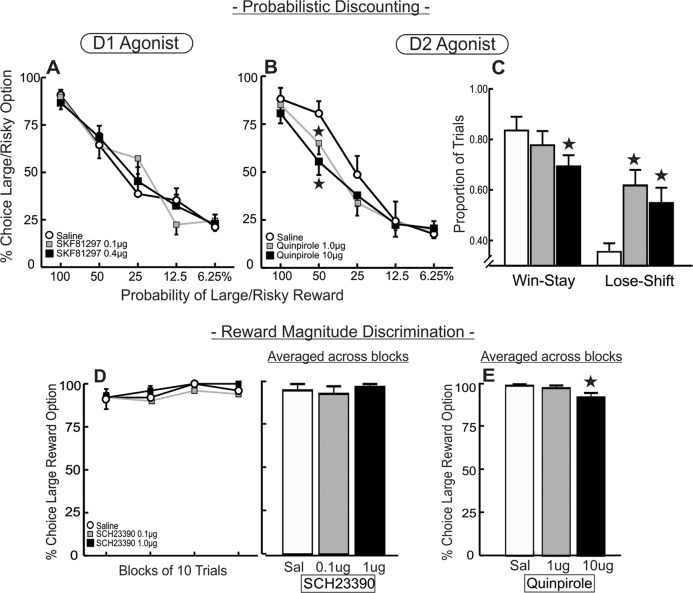Fig. 5. Effects of DA agonist in the mOFC on probabilistic discounting and reward magnitude discrimination.
A Stimulation of mOFC D1 receptors did not affect choice for the larger reward (n = 13). B Excess mOFC D2 stimulation reduced percentage choice of the large/risky option in the 50% trial block (n = 14). C Win–stay/lose–shift ratios. Both doses of quinpirole increased lose–shift behavior, and the high dose also reduced win–stay behavior. D D1 blockade with SCH 23390 did not affect preference for larger vs smaller rewards during a reward magnitude discrimination task, left: percent choice of the large reward partitioned over blocks of ten trials; right: percent choice averaged across blocks (demonstrating the lack of a significant main effect of treatment). E D2 stimulation caused a subtle reduction in choice for the large reward option in the reward magnitude discrimination task following treatment with the high, but not low dose of quinpirole. Data are presented as percent choice averaged across the four blocks of free-choice trials to accommodate for increases in trial omissions.

